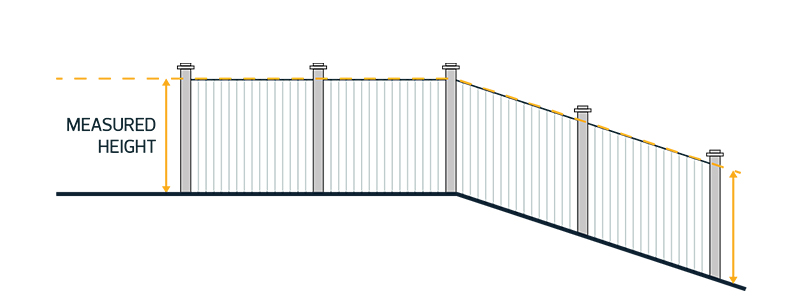Thinking about a new fence? Great. But before you dig, make sure it follows London’s rules. Some fences need a permit (like pool fences). Others must meet the Fence By-law (PS-6) for height, materials, and sightlines. This guide shows you what needs a permit and gives you a simple step-by-step to find the forms and apply—fast.
TL;DR: Do I Need a Permit?
- Pool fences: Always need a permit and inspection.
- Regular backyard fences: Don’t usually need a permit but must follow PS-6 rules.
- Over-height fences or special cases: Need an exemption from the City.
Which Fences Need a Permit?
| Fence Type | Permit Needed? | Notes |
|---|---|---|
| Backyard fence | No permit (follow PS-6) | Max height 2.13 m (7 ft), check materials & visibility rules |
| Pool fence | Yes | Requires permit, inspection, and specific safety features |
| Fence taller than 2.13 m | Exemption required | Apply through the City with justification |
Key Rules Under London’s Fence By-law (PS-6)
- Residential fences can be up to 2.13 m (7 ft) tall.
- Fences near driveways and corners must be shorter to keep sightlines clear.
- Certain materials are restricted, such as corrugated sheet metal in residential zones.
- Taller fences can be approved only through a formal exemption process.

Pool Fence Requirements
If you’re installing or replacing a pool, your enclosure fence must meet the following:
- Permit required before construction
- Minimum setback: Pool wall must be at least 4.9 ft from property line
- Gate requirements: Must be self-closing and self-latching
- Permit fees: Minimum $200, or $12.50 per $1,000 of construction value (whichever is greater)
Step-by-Step: How to Use the City Website
Step 1: Check the By-law Rules
- Go to the City of London website
- Search for Fence By-law PS-6
- Review rules for height, sightlines, and materials
Step 2: Pool Fence Permit
- Search for swimming pool fence enclosure
- Review the requirements and permit fees
- Download and fill out the pool fence permit form
- Submit to the City with your plan
Step 3: Apply for an Exemption (if needed)
- Search Fence By-law Exemption Application
- Download the PDF form
- Fill in property details, measurements, and attach a sketch
- Provide photos if requesting extra height or special approval
- Submit to Municipal Compliance for review
Step 4: Inspection
- For pool fences or special fences, schedule an inspection after installation
What to Prepare Before You Apply
| Item | Why It Matters |
|---|---|
| Property survey or lot map | Confirms exact boundaries |
| Site sketch with measurements | Shows height, length, and gates |
| Photos of yard or special conditions | Helps with exemption requests |
| Material list (wood, vinyl, composite, etc.) | Confirms compliance with PS-6 |
| Neighbour communication | Prevents disputes about placement |
Common Mistakes to Avoid
- Skipping the by-law: Even if no permit is needed, height and material limits still apply.
- Forgetting pool rules: Pool fences always need a permit and inspection.
- Building over property lines: Can cause costly neighbour disputes.
- Not planning gates: Gates are more expensive and need extra bracing—budget for them.
- Ignoring visibility rules: Fences near corners and driveways have stricter height limits.
FAQs
How tall can my backyard fence be?
Up to 2.13 m (7 ft) under PS-6.
Do I need a permit for a backyard fence?
No, but you must follow the Fence By-law rules.
What if I want a taller fence?
You’ll need to apply for a Fence By-law Exemption with the City.
How much does a pool fence permit cost?
At least $200, or $12.50 per $1,000 of construction value.
Handy Checklist
- Read Fence By-law PS-6
- Confirm property lines
- Decide on material type and style
- Sketch your fence layout
- If enclosing a pool, apply for a permit
- If taller than 7 ft, apply for an exemption
- Plan for gates and budget accordingly
- Book inspections if required

Final Word
Most fences in London, Ontario don’t require a permit, but you still need to follow the by-law rules for height, materials, and visibility. Pool fences and over-height fences are different—you’ll need a permit or exemption.
By reviewing the rules, preparing your documents, and following the City’s step-by-step process online, you’ll avoid fines, disputes, or costly mistakes. Build it right the first time, and your fence will be legal, safe, and ready to last for years.
